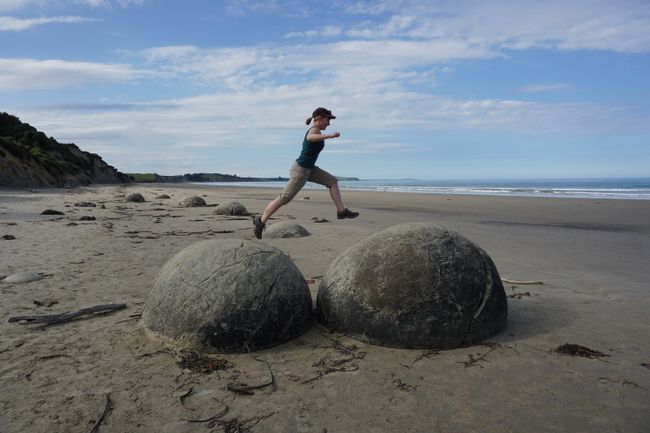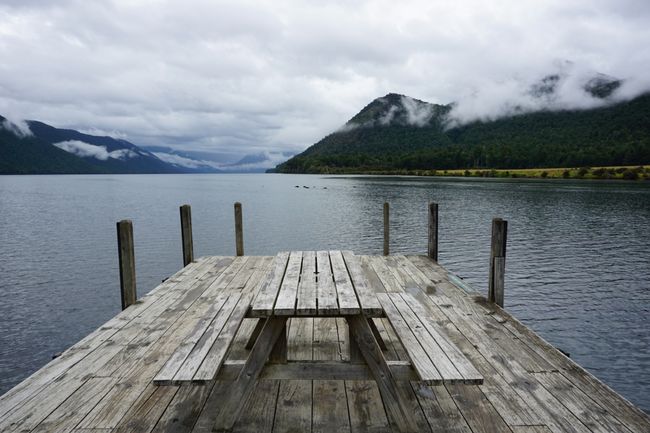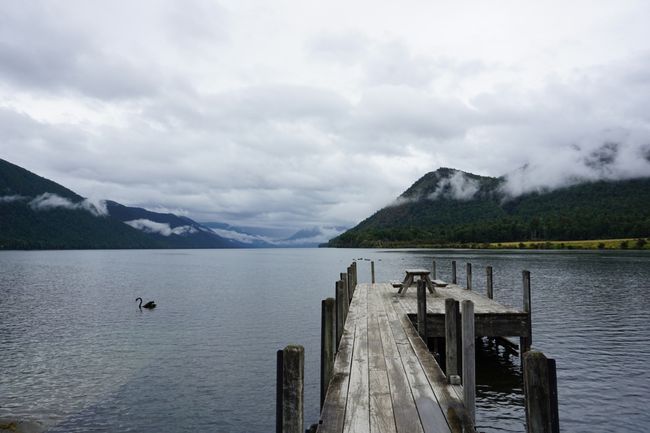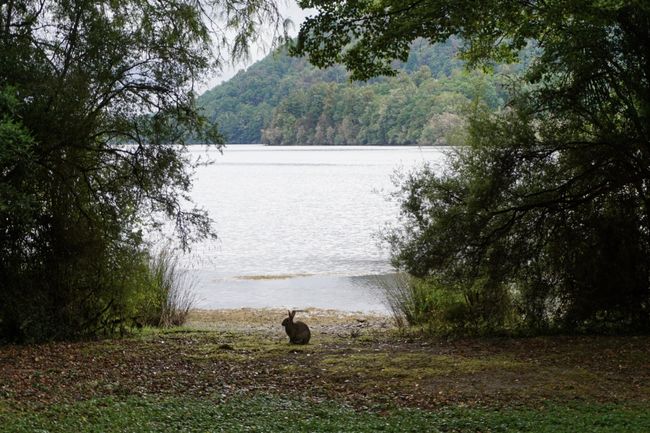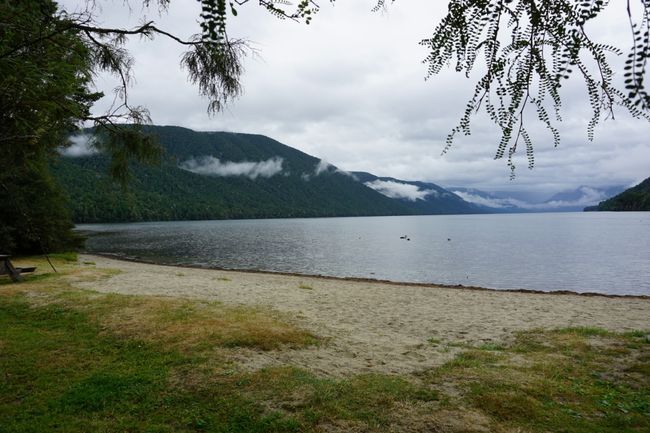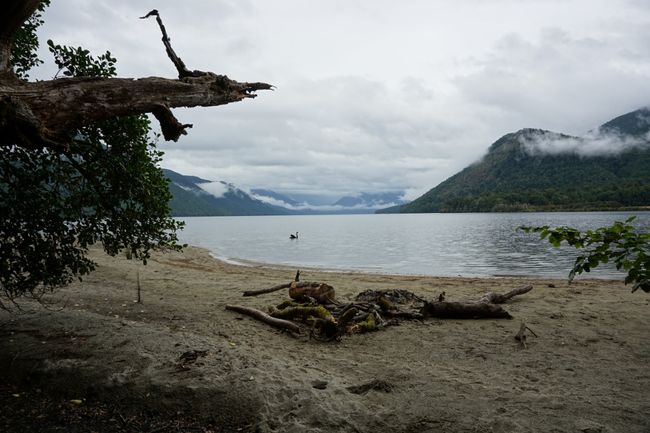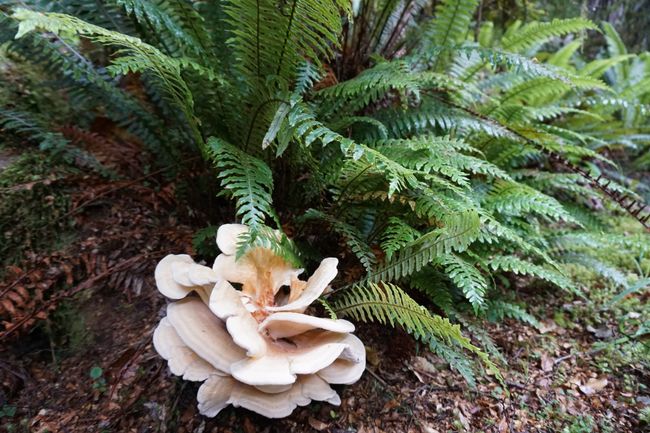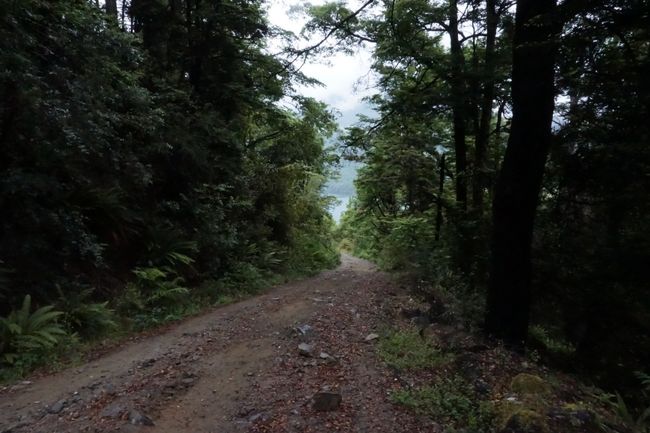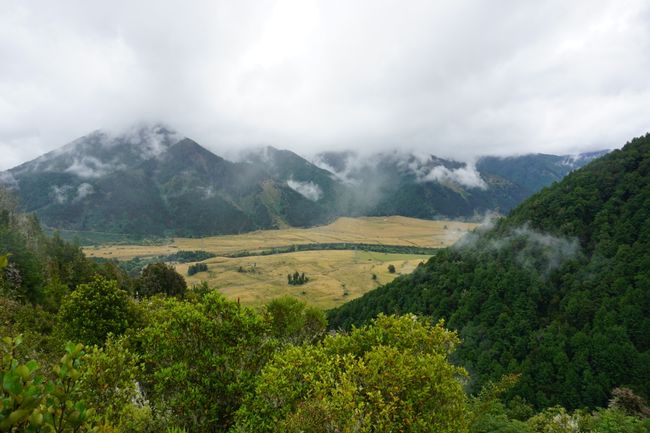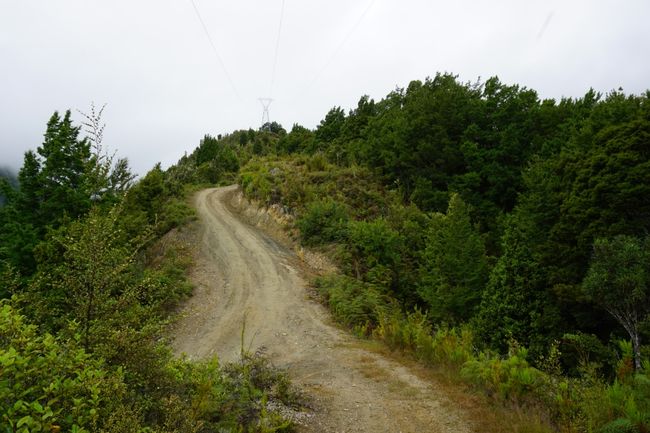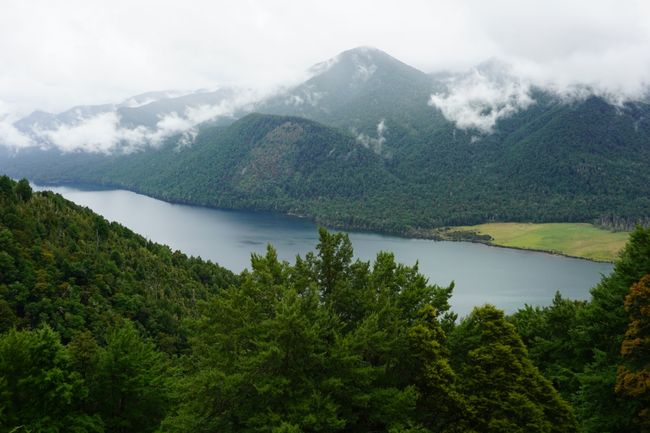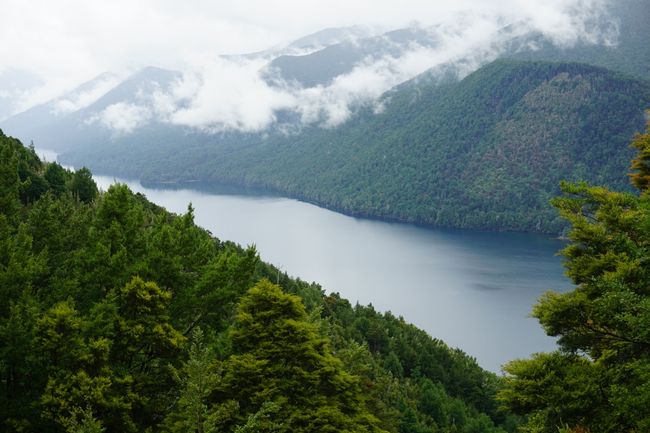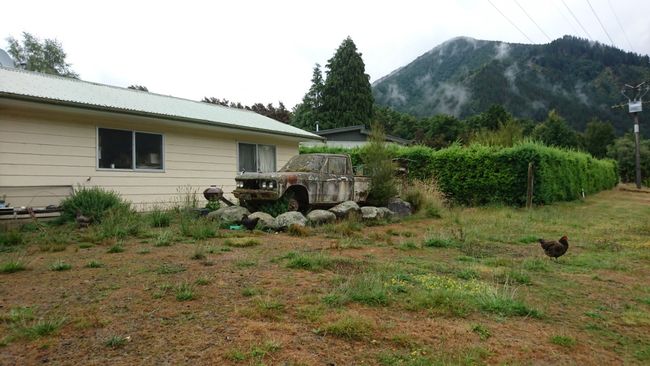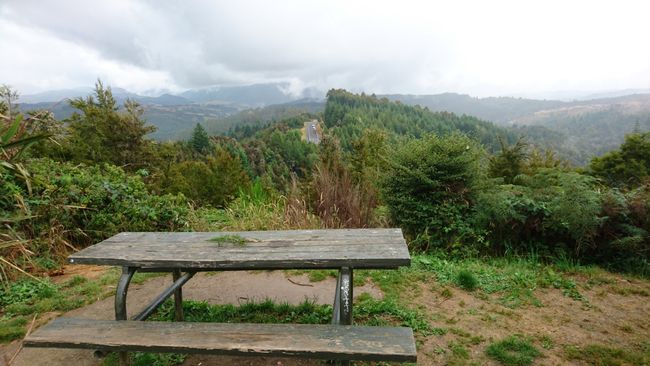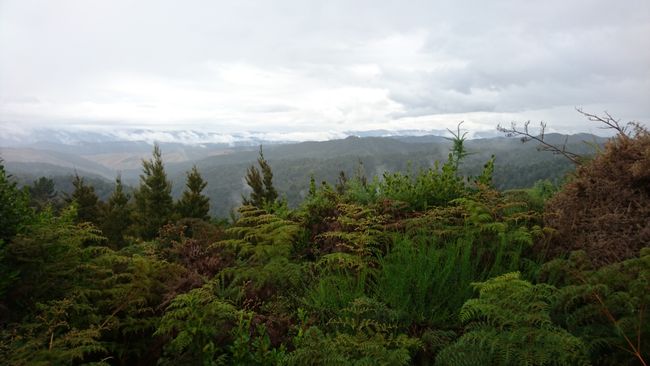10/1/2018: Nelson Lakes National Park on a rainy day
Nai-publish: 13.01.2018
Mag-subscribe sa Newsletter
In the past few days and weeks, the Nelson Lakes National Park has been showered with sunshine. Of course, it has to rain during my planned stay.
But I don't want to spend the whole day sitting around and feeling frustrated, so I drive to the nearest lake, Lake Rotoroa, where I have planned two short hikes. Although I read in a flyer that insect repellent is definitely a must in the Nelson Lakes National Park, nothing prepares me for this hellish insect infestation that I have never experienced in New Zealand before. As soon as I get out of the car, there are already 15 sandflies inside, and with every second that I try to flick them out or squash them, there are even more. I slam the door shut and postpone dealing with the problem.
The jetty, a photo motif for every brochure about this region, from which a group of young people jumps into the sparkling blue water with joy, is deserted today and the lake is a dull gray-blue.
I escape from the drizzling rain on the Rotoroa Nature Walk, which winds its way through the forest. It smells unpleasantly sweet like rotting fallen fruit, even though there are obviously no fruit trees here. But there are swarms of loudly buzzing wasps. Inevitably, I think of my friend Eric, for whom this would be a personal nightmare, after being stung in the ear by a wasp last summer and in the chest by a bumblebee in New Zealand, and has since been sensitive to the buzzing of stinging insects. The strong scent is produced when a leaf-louse-like insect produces honeydew. For this, it sinks its mouthparts into the trunk of a beech tree. The excess juice is excreted and forms a sugary droplet on its rear end, which in turn is collected by wasps. The short circular path was nothing special; the biggest highlight was a rabbit hopping along the beach.
From here, I continue on the Porika 4 WD Track, which is indeed only suitable for 4WD vehicles. It continues uphill. As the rain intensifies, I take a 45-minute break under a sheltering tree and laugh at the sandflies, who would love to pounce on my bare arms and legs, but I have wisely applied thick DEET. The climb takes about an hour until you reach an unmarked (but hard to miss if you don't keep your eyes strictly on the trail) viewpoint with a view of Lake Rotoroa. The clouds hang low, so you can't see much, and I follow the unspectacular path a little further, hoping that it will clear up later. I'm lucky and return to the aforementioned viewpoint just 2 minutes before the visibility is obscured again. The lake stretches out in front of me. It looks beautiful from up here, even if I can only vaguely see the hills that surround it. When the clouds start to block my view, I turn back. Once again, I wait for over 30 minutes in the midst of tamed sandflies under the same tree as before, as the next rain shower passes over me, and when I have no more patience to wait, I continue my way. Although the day is still young, the Nelson Lakes National Park has little to offer on a day like today, so I decide to end my visit early.
With little hope, I head to Hope Saddle Lookout, which is 5 km from my hostel, and from where you can see over the forest to the mountains, but today the visibility is limited to the forest.
By 3 PM, I am back at the hostel and take the time to catch up on my blog. The only advantage of a rainy day is that you are practically forced to slow down.
Mag-subscribe sa Newsletter
Sagot

Mga ulat sa paglalakbay New Zealand

